After spending the night at Kangwon
Province’s Masikryong, we were finally able to get a look at the ski grounds
which were too dark to see the night before. It was quite an overwhelming
sight. I suddenly questioned whether it would actually be possible for ordinary
North Korean folks to come here to ski. I asked the guide, who responded in a
matter of fact tone that, “When it’s winter, all the North Korean people come
here to enjoy this ski resort.” I’d never heard such a bald-faced lie in my
life. North Korea is filled with brazen fabrications such as this.

I’m not sure precisely what sort of work
they were up to, but this picture shows soldiers performing some sort of labor.
North Korea has a higher proportion of soldiers than most nations. Moreover,
these soldiers are not merely obligated to perform the normal functions of a
soldier. They get mobilized to do all sorts of work. For example, they are
regularly called to do labor at construction sites on buildings and roads.
North Korea also has a higher proportionate national defense expenditure than
other countries. According to our guide, Kim Jong Un’s newly established budget
is composed of 70% military expenditures and 30% economic development.
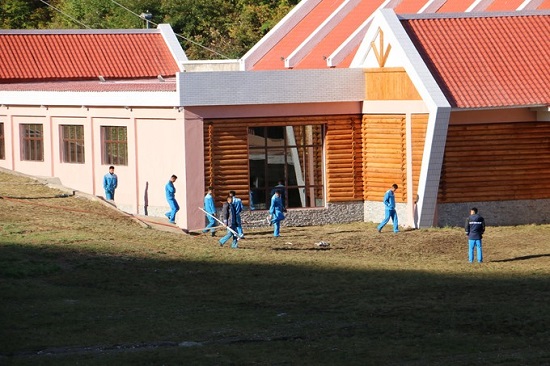
There were workers on the other side of the
lot. They seemed to be managing about 20-30 square meters of land. However,
they didn’t seem to be working very hard. Many were sitting around chatting.

After eating breakfast, we headed over to
Wonsan. On the way there, we were able to see a lot of people commuting on
bicycle. Most of them were merchants with heavy loads such as the lady in the
picture above.
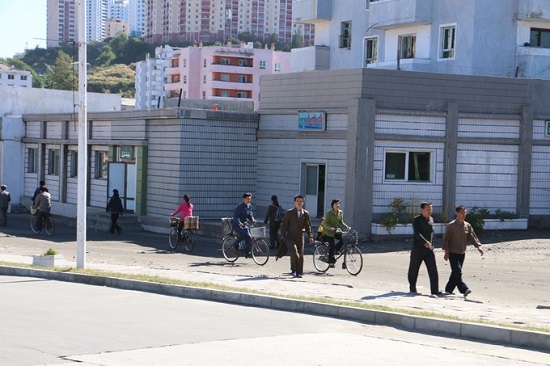
This picture shows the residents of Wonsan
bustling about busily.
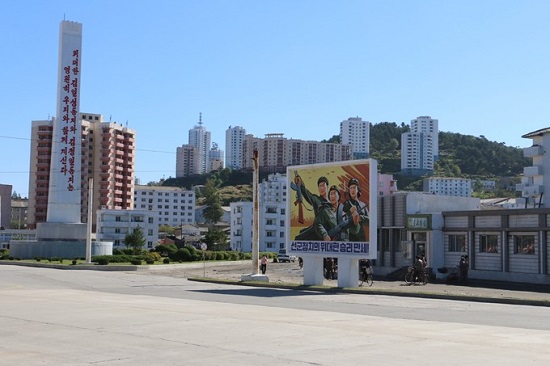
The tall tower to the left is an example of a “Tower of Eternal Life.” Every city has a similar obelisk installed. In red letters, this monument originally read, “The Great Leader Comrade Kim Il Sung is forever with us.”
However, after the death of Kim Jong Il, his name was also added to the
tower [as seen above]. When the guide was telling us about this, I wanted to ask what they
planned to do when Kim Jong Un dies, given that there is no space for his name
on the tower, but I bit my lip and stayed quiet.
I later met a fellow traveler on the plane
back to China who told me something interesting. He said that when Kim Jong Il
and Kim Il Sung’s names are written down, they are written with a larger font
than the other words around them. I looked back over my pictures to see if this
was true and he was right! I was surprised to see a subtle element of
idolization propaganda.
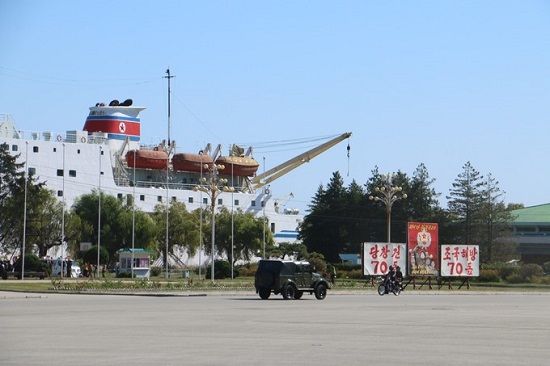
Wonsan is a harbor city. At one plaza, the
image of this ship jumped out at me. It was previously used to ferry back and
forth between Japan and North Korea. But I don’t think it is used much these
days. I heard that as late as 1990, there was a considerable amount of trade
with Japan, but it doesn’t seem to be that way any longer.
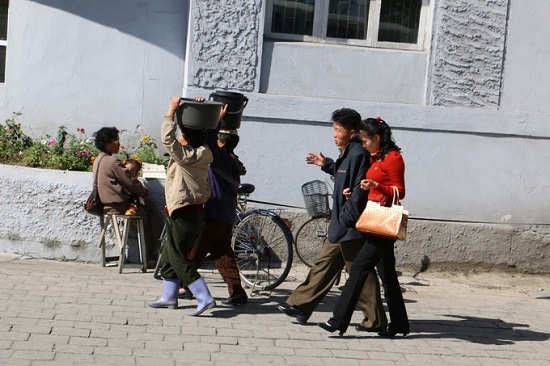
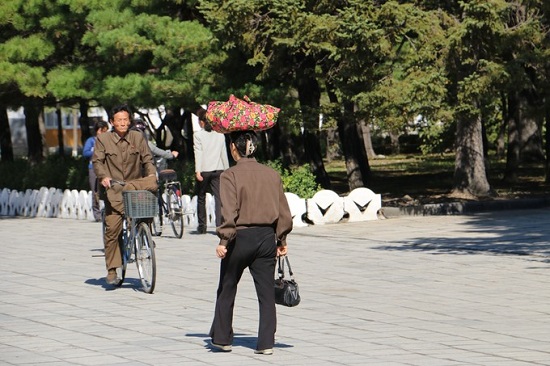
North Korean women appear to often prefer
carrying things on their head.
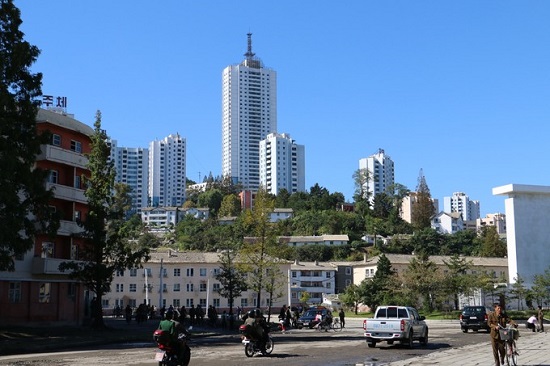
Wonsan is a port city on the east coast.
It’s also used by travelers going from Pyongyang to Kumgang Mountain as a stop
to pick up necessities.
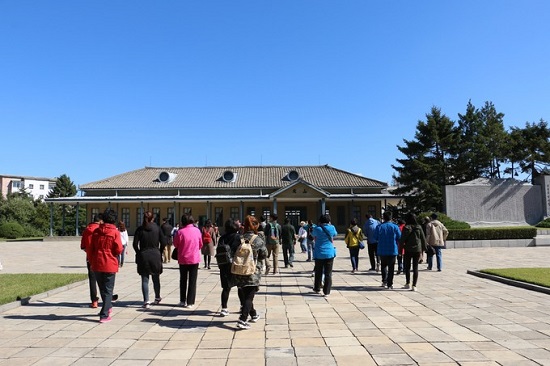
The Wonsan Revolutionary Museum. Kim Il
Sung was said to have enjoyed boats and trains in Wonsan. A rail car that was
personally used by Kim Il Sung is on display in this museum. I didn’t go inside
to see for myself. I decided that it didn’t seem that interesting.
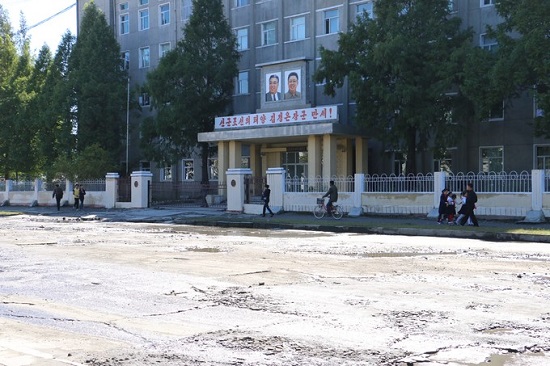
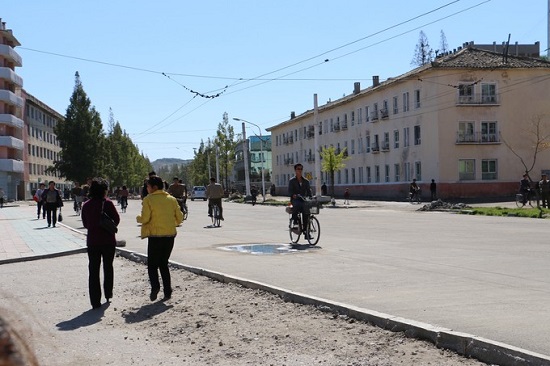
Instead of going in the museum, I checked
out the surrounding area. I was a bit scared to walk about alone so thankfully
another person from my group joined me. Up until that point, we were with the
guide the entire time. Breaking away from the group was simultaneously
thrilling and frightening.
We began to stroll about the city streets.
Everyone was staring at us. I am guessing that’s because of our clothes. We
were wearing jeans, something that the North Koreans regarded with awe, most
likely since they’re discouraged from wearing jeans. I wanted to keep walking
around but we were caught by our ‘safety agent’ and instructed to return to the
group. Over the course of the trip, no matter how hard I tried to blend in and
pretend to be North Korean, I always stood out to passersby as a foreigner.
Plus, we weren’t allowed to walk about without our guide. I’ve heard that other
guides go downtown with their tour groups to play and drink, but our guide did
not do anything like that with us.
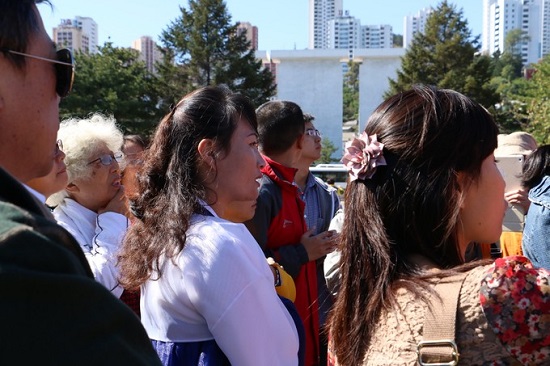
At the Wonsan Revolutionary Museum, the
guides wore traditional Korean dress called Hanbok. The guide couldn’t speak
Chinese so our guide translated for her.

As we went about from one tourist
attraction to the next, we passed these three large propaganda pictures. The
subjects of these portraits are, from the left, Kim Il Sung, Kim Jong Il, and
‘The Eternal Mother,” or Kim Jong Suk. It was interesting to see that Kim
Jong Un does not yet have a picture.
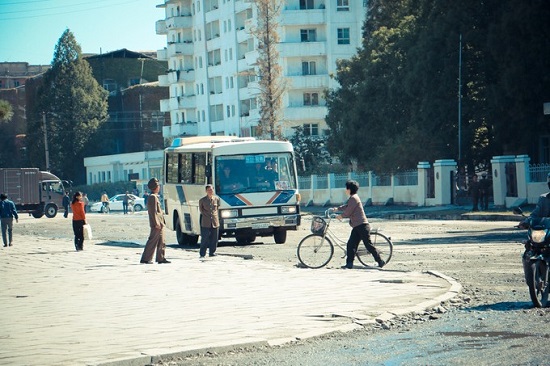
An extremely old bus. Our tour group was
very interested to see the passengers in the bus and they were equally
interested to look at us. It seemed both groups were curious about the
inaccessible and mysterious lives of their counterparts.
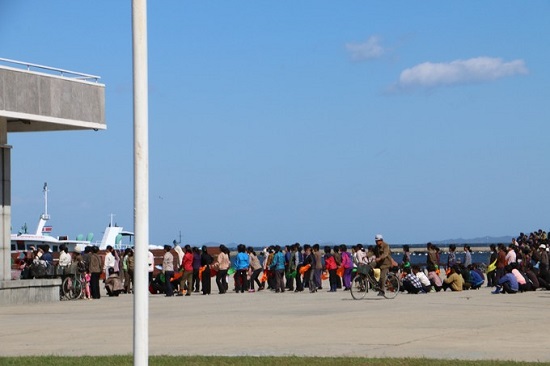
A lot of people were gathered at this
waterfront plaza. This picture shows only a portion of the line of people who
were there that day. They were there to prepare for the celebration of the 70th
anniversary of the Korean Workers’ Party.




















